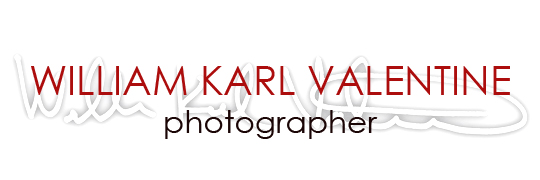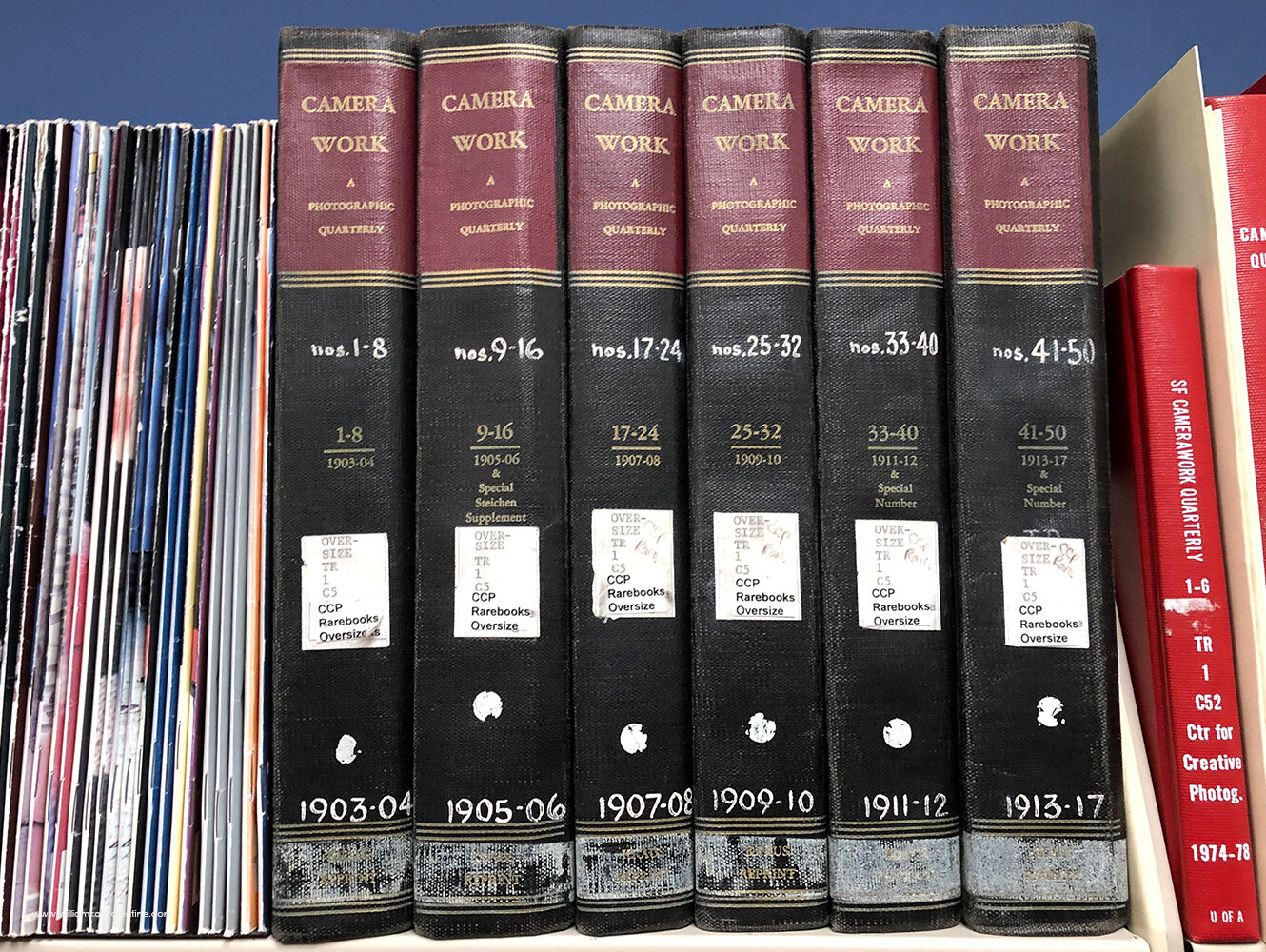On January 17th, Prior to The Legacies of LIGHT Symposium officially starting, attendees of the symposium were allowed the unique opportunity to take a behind the scenes tour of the Center for Creative Photography. The tour lasted about an hour and was fantastic. I always find “behind the scene tours” interesting, which this tour truly was, but with this one I also learned some things which should help me as a photographer with archiving my work. The primary reason I found this tour so enjoyable was the staff. Anne Breckenridge Barrett and Becky Senf have assembled a team at the CCP which is as world class as the facility and its holdings. Staff members are experts in their fields, they are passionate about what they do, and they enjoy sharing their knowledge with others. My tour was one of the last groups of the day and everyone on staff was still motivated to share their different worlds with us.
I think the best approach for me to share what this experience was like is to just post a series of galleries of each area we visited then briefly describe what I saw.
The first stop on the tour was the room where curators layout and plan exhibitions. I didn’t get the official name down, as you can see it is basically a narrow room about 50 feet long with tables and ledges to lay out work. The room is secure so a curator can spend as many days as she or he wants assembling an exhibition without having to worry about putting artwork away each night. The lighting was obviously perfect with plenty of room to experience the sequencing of images for any project.
Dana Hemmenway is the Arthur J. Bell Senior Photography Conservator at the CCP and her area of expertise is fascinating. She had selected several examples of acid contamination to prints and explained how they work to protect the assets of the CCP. In the images above with the large light table she explained how they can recover image information from badly damaged negatives to allow quality prints to be made from those negatives. The last two images above show badly damaged Extachrome slides from David Hume Kennerly’s 1979 series “Drug Trade” which documented the war on drugs at the time from the point of origin in South and Central America. In the fall of 2019 the CCP acquired David Hume Kennerly’s archives including these slides. These Extachrome slides had been processed in the region where he had been photographing and years later developed these unique crystals on the emulsion making the images almost unrecognizable and completely unusable. Hemmenway and the CCP is currently conducting experiments to identify the cause of the crystals and how to recover the images.
Although the CCP does not house Richard Avedon’s entire archive they do have a massive print archive of his work with a dedicated space and archivist specifically for his prints at CCP. I have seen his large prints in exhibition before so the large flat files to house the work did not surprise me but I was still in awe of those drawers. This is a room very few get to see, I was happy we got to look in.
If I remember this correctly the Archivist space for the CCP’s Digital Initiatives section is currently located off of the CCP’s library but they are getting a new larger work space with more dedicated equipment. In December, at the opening of LIGHT, I had a fantastic conversation with Associate Archivist for Digital Initiatives Emily Una. Weirich , who detailed how they are digitally preserving the Center’s archives and preserving images originally created in digital media. The Digital Initiatives section can handle almost any type of artwork and its staff is helping to establish modern standards for archiving digital imagery. I find the subject fascinating as well as important for me to understand as I work to properly maintain my own files.
I think the CCP’s library is still working to fill out it’s collection. They have some fantastic historic books and periodicals and their collection is decent size.
I did find two things in the library that I absolutely loved. One was a Winogrand 1964 book still in its shrink wrap, love that someone hasn’t gotten to that because I also have a book or two on my shelf which is still in shrink wrap. The other was a small framed announcement for the Witkin Gallery’s 1975 Sixth Anniversary Exhibition which was shoved back up on a shelf under the fire alarm. I assume it is an original poster, loved where it was being stored, the fact the exhibition was only five weeks long, and that the image they used for it was Stieglitz’s iconic “Steerage”.
Great tour and I am sure we probably were just scrapping the surface of all they have at this premiere institution.


























